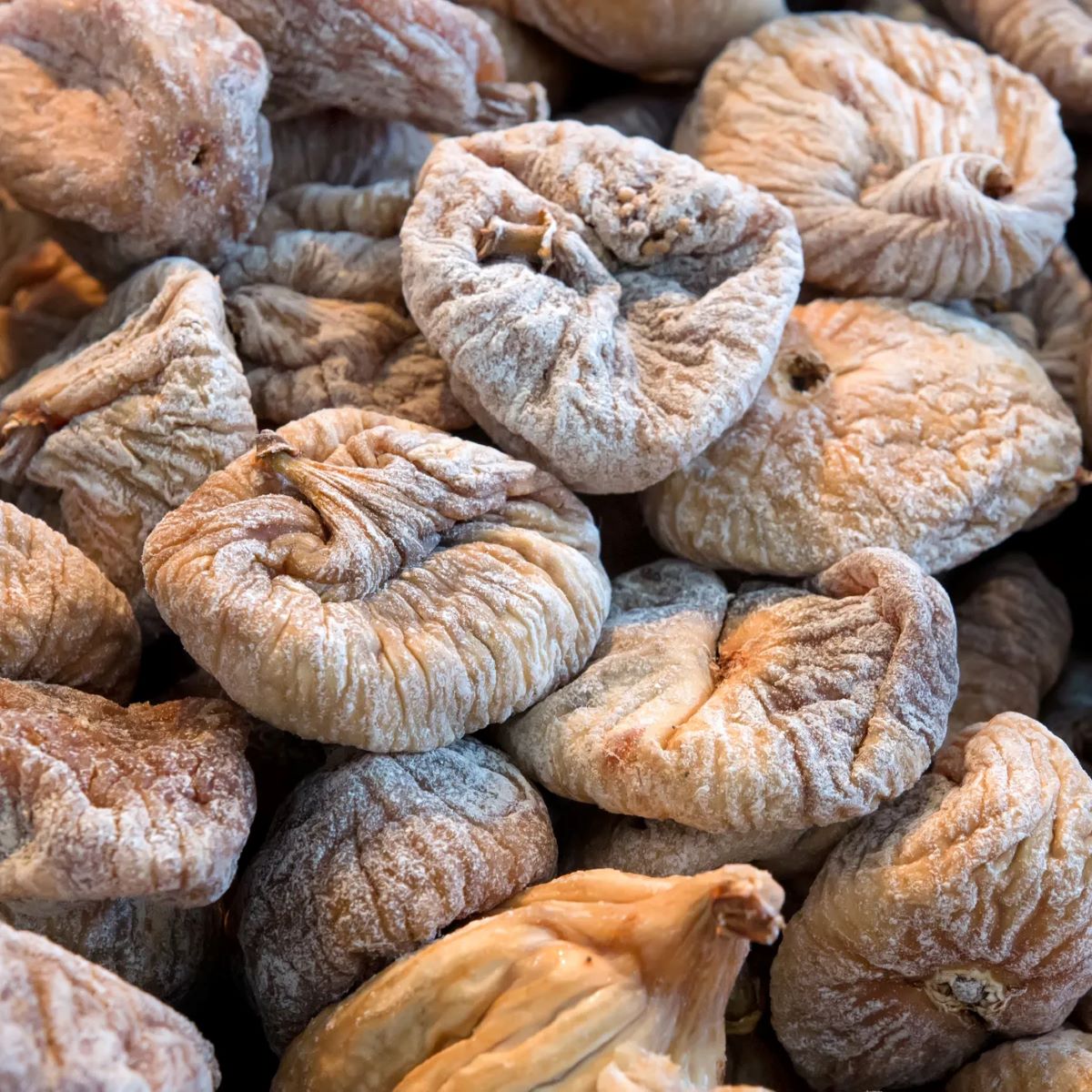

Articles
How To Store Dried Figs
Modified: April 22, 2024
Learn how to store dried figs properly with our informative articles. Keep your dried figs fresh and delicious for longer with these tips and tricks.
(Many of the links in this article redirect to a specific reviewed product. Your purchase of these products through affiliate links helps to generate commission for Storables.com, at no extra cost. Learn more)
Introduction
Welcome to our guide on how to store dried figs! Dried figs are a delicious and nutritious snack that can be enjoyed year-round. Whether you have harvested the figs from your own tree or bought them from a store, proper storage is key to maintaining their flavor, texture, and nutritional value.
In this article, we will explore the benefits of storing dried figs, the optimal conditions for storage, and various methods you can use to keep them fresh for an extended period. We will also provide tips and tricks to help you maximize their shelf life.
But why store dried figs, you might wonder? Well, dried figs are not only a tasty treat but also packed with health benefits. They are a good source of dietary fiber, antioxidants, and essential vitamins and minerals. They can support a healthy digestive system, boost immune function, and even help control blood sugar levels.
By properly storing your dried figs, you can ensure that they retain their optimal taste, texture, and nutritional value. So, let’s dive into the details of how to store dried figs efficiently!
Key Takeaways:
- Proper storage of dried figs preserves their flavor, texture, and nutrients, offering convenience and accessibility. Choose the right container and storage method to extend their shelf life and enjoy this nutritious snack year-round.
- Regularly monitor dried figs for spoilage and implement tips like proper sealing, dividing into small portions, and avoiding strong odors to maximize their shelf life. Whether stored in a pantry, refrigerator, or freezer, enjoy the delightful taste and health benefits of dried figs with confidence.
Read more: How To Dry Figs In A Dehydrator
Benefits of Storing Dried Figs
Proper storage of dried figs offers several benefits that contribute to preserving their quality, taste, and nutritional value. Let’s take a closer look at these benefits:
- Prolonged Shelf Life: Storing dried figs correctly can extend their shelf life. Instead of having to consume them all at once, you can enjoy their deliciousness over an extended period.
- Preservation of Flavor and Texture: Dried figs have a unique, sweet flavor and a chewy texture. By storing them properly, you can maintain these desirable characteristics and ensure they taste just as delicious as when they were first dried.
- Retaining Nutritional Value: Dried figs offer an array of health benefits, thanks to their rich nutritional content. Storing them correctly helps maintain these nutrients, ensuring you continue to reap their goodness.
- Convenience and Accessibility: Storing dried figs properly allows you to have this nutritious snack readily available whenever you desire. Whether you enjoy them as a standalone snack or use them as an ingredient in various recipes, having them on hand is convenient.
Now that we understand the benefits of storing dried figs, let’s delve into the optimal conditions for proper storage.
Proper Storing Conditions
To keep your dried figs fresh and maintain their quality, it’s essential to store them under the right conditions. Here are the key factors to consider:
- Temperature: Dried figs should be stored in a cool and dry environment. Ideally, the temperature should be between 50°F (10°C) and 68°F (20°C). Avoid storing them in areas that are prone to temperature fluctuations, such as near ovens or in direct sunlight, as heat can accelerate the degradation process.
- Humidity: Keeping dried figs away from moisture is crucial. High humidity can cause them to become sticky and lose their texture. Aim for a humidity level below 60%. Avoid storing them in areas such as the kitchen, where humidity levels tend to be higher due to cooking and washing activities.
- Light: Exposure to direct light can lead to the degradation of dried figs. Store them in a dark place or in opaque containers to protect them from light. This will help preserve their flavor and prevent any color changes.
- Air Circulation: Proper ventilation is essential to prevent moisture buildup. Ensure that the storage area or container allows for adequate airflow to maintain the quality of the dried figs.
By following these proper storing conditions, you can significantly extend the shelf life of your dried figs and ensure they remain fresh and delicious for longer. However, choosing the right container for storage is equally important, as we will discuss next.
Choosing the Right Container
Picking the appropriate container for storing dried figs is essential for preserving their flavor, texture, and overall quality. Here are some factors to consider when choosing the right container:
- Airtight: Opt for containers that are airtight to prevent moisture from getting in. This will help maintain the crispness and flavor of the dried figs.
- Opaque: Select containers that are opaque or made of a material that blocks light. Exposure to light can degrade the quality of the dried figs, so it’s crucial to protect them from direct light.
- Size: Choose a container that is the appropriate size for the amount of dried figs you have. It’s best to avoid leaving excess air space, as this can lead to quality degradation over time. Using containers that are slightly larger than the amount of dried figs being stored can help minimize air exposure.
- Durable: Look for containers that are sturdy and durable to ensure long-term protection for your dried figs. Avoid using containers that are prone to breakage or that may allow air, moisture, or pests to enter.
- Sealable: Ensure that the container has a secure and tight seal to prevent air and moisture from seeping in. This will help maintain the freshness of the dried figs and prevent any potential spoilage.
When considering containers, options such as glass jars with airtight lids, food-grade plastic containers with secure seals, or metal tins can all be suitable choices for storing dried figs. Remember to clean and dry the containers thoroughly before use to ensure optimal storage conditions.
Next, let’s explore the different methods for storing dried figs, including storing them in a pantry, refrigerator, or freezer.
Storing Dried Figs in a Pantry
If you have a suitable pantry or cupboard with the right conditions, storing dried figs in a pantry can be a convenient option. Here are the steps to follow:
- Choose the right container: Select an airtight, opaque container that is suitable for storing dried figs. Ensure that the container has a tight seal to prevent air and moisture from entering.
- Prepare the dried figs: Before placing the dried figs in the container, ensure that they are clean and completely dry. Remove any stems or debris and check for any signs of spoilage.
- Fill the container: Fill the selected container with the dried figs, leaving some space at the top to allow for air circulation. Avoid overcrowding the figs to prevent them from sticking together or becoming crushed.
- Store in the pantry: Find a cool and dry spot in your pantry or cupboard to store the container of dried figs. Ensure that the area is away from direct sunlight, heat sources, and moisture. Aim for a consistent temperature of around 50°F (10°C) to 68°F (20°C).
- Monitor regularly: Check on your dried figs periodically to ensure that they are still fresh and free from any signs of spoilage, such as mold or an off smell. If you notice any issues, discard the affected figs and transfer the remaining ones to a new container, if necessary.
- Seal tightly after each use: Whenever you open the container to enjoy some dried figs, be sure to seal it tightly afterward to maintain their freshness. This will prevent air and moisture from entering and compromising their quality.
Storing dried figs in a pantry can be a suitable option if you have a cool and dry space available. However, if you prefer to store them at a lower temperature, you might consider the refrigerator or freezer, as we will discuss next.
Store dried figs in an airtight container in a cool, dark place to prevent them from drying out further or becoming too sticky. You can also refrigerate them for longer shelf life.
Read more: How To Store Figs
Storing Dried Figs in the Refrigerator
If you want to extend the shelf life of your dried figs, storing them in the refrigerator can be a great option. Here’s how to do it:
- Choose the right packaging: Transfer your dried figs to an airtight container or resealable bag. It’s important to use packaging that provides a tight seal to prevent moisture from entering and compromising the texture and flavor of the figs.
- Label and date the package: To keep track of the storage time and ensure you consume the oldest figs first, label the package with the date of storage.
- Place in the refrigerator: Find an area in your refrigerator with consistent temperature and humidity. It’s best to store dried figs in the main body of the fridge rather than the door, as the door can experience fluctuations in temperature due to frequent opening and closing.
- Avoid cross-contamination: Keep the dried figs away from strong-smelling foods to prevent any flavor transfer. It’s advisable to place the container of dried figs in a separate section or on a higher shelf to minimize the chances of cross-contamination.
- Monitor regularly: Check the dried figs periodically for any signs of spoilage, such as mold or an off smell. If you notice any issues, discard the affected figs and transfer the remaining ones to a new container.
- Use within a reasonable timeframe: While storing dried figs in the refrigerator can extend their shelf life, it’s advisable to consume them within 6 to 12 months for optimal quality. Over time, they may experience some flavor and texture changes, though they will still be safe to eat.
Storing dried figs in the refrigerator can help preserve their flavor, texture, and nutritional value for a longer period. Just make sure to properly seal and label the packaging to maintain freshness and monitor them regularly to ensure their quality.
However, if you want to store dried figs for an even more extended period, the freezer is an excellent option, as we will explore next.
Storing Dried Figs in the Freezer
If you want to keep your dried figs fresh for an extended period, storing them in the freezer is an excellent choice. Here are the steps to follow:
- Choose suitable packaging: Transfer the dried figs to an airtight container or resealable freezer bags. Ensure that the packaging is freezer-safe and provides a tight seal to prevent any moisture from entering and causing freezer burn.
- Label and date the package: It’s essential to label the package with the storage date, as well as any other pertinent information such as the type of figs or the harvest date. This will help you keep track of their freshness and consume them in a timely manner.
- Remove excess air: To minimize the chances of freezer burn and maintain the quality of the dried figs, try to remove as much air as possible from the packaging before sealing it. This can be done by gently squeezing out the excess air or using a vacuum-sealing method.
- Place in the freezer: Find a suitable spot in your freezer where the temperature is consistent and avoid placing the dried figs near the door, where temperature fluctuations are more likely to occur. Ideally, store them in the main body of the freezer.
- Monitor regularly: Check on the dried figs occasionally to ensure they are still in good condition. If you notice any signs of freezer burn or deterioration, it may be an indication that the packaging is not airtight, or the figs have been stored for too long.
- Thawing and consuming: When you’re ready to enjoy the dried figs, take out the desired amount from the freezer and allow them to thaw at room temperature for a few minutes. Alternatively, you can consume them directly from the freezer if you prefer a cold and refreshing snack.
Storing dried figs in the freezer can significantly extend their shelf life, maintaining their flavor, texture, and nutritional value for up to a year or longer. By following these steps and properly packaging and labeling the figs, you can enjoy their deliciousness whenever you desire.
Now that you know how to store dried figs and the various options available, let’s discuss how to check for spoilage and some additional tips to help you maximize their shelf life.
Checking for Spoilage
It’s important to periodically check your dried figs for any signs of spoilage to ensure they are safe to consume. Here are some indicators of spoilage to watch out for:
- Mold: If you notice any fuzzy or discolored patches on the surface of the dried figs, it is a clear sign of mold. Mold growth can occur due to moisture or improper storage conditions. Discard any dried figs showing signs of mold.
- Off smell: Fresh, properly stored dried figs should have a sweet and pleasant aroma. If you detect an unpleasant or rancid odor, it is an indication of spoilage. Trust your senses and discard any figs with an off smell.
- Texture changes: Dried figs should have a chewy and slightly firm texture. If you notice that the figs have become rock-hard, overly soft, or sticky, the quality may have been compromised. Such changes in texture can be an indication of spoilage.
- Presence of pests: If you observe any signs of insect activity or notice small creatures like beetles or larvae within the container, it is best to discard the figs. Pests can contaminate the dried figs and render them unsafe for consumption.
It’s crucial to be vigilant when checking for spoilage, particularly if the dried figs have been stored for an extended period. By promptly identifying and discarding any spoiled figs, you can ensure the remaining ones are still fresh and safe to eat.
Now that you know how to check for spoilage, let’s explore some additional tips and tricks to help you extend the shelf life of your dried figs.
Tips and Tricks for Extending Shelf Life
To maximize the shelf life of your dried figs and keep them fresh for as long as possible, here are some handy tips and tricks:
- Properly seal the packaging: Whether storing dried figs in a pantry, refrigerator, or freezer, ensure that the packaging is airtight and securely sealed. This will prevent air and moisture from entering and compromising the quality of the figs.
- Store in small portions: If you anticipate consuming dried figs intermittently, consider dividing them into small portions and storing them separately. This way, you only expose the portions you plan to consume, minimizing the risk of spoilage due to repeated opening and closing of the container.
- Keep away from strong odors: Dried figs can absorb strong smells from other foods. To prevent any flavor transfer, avoid storing them near pungent or strong-smelling items in your pantry, refrigerator, or freezer.
- Use moisture-absorbing materials: To further protect your dried figs from moisture, you can place a moisture-absorbing packet or silica gel pack in the storage container. These materials help absorb any excess moisture, keeping the figs dry and fresh.
- Rotate and consume older stock: If you have multiple batches or containers of dried figs, be sure to consume the older stock first. This practice ensures that you enjoy the figs at their freshest while preventing any unnecessary food waste.
- Keep track of storage dates: Labeling the containers with the storage dates allows you to keep track of how long the dried figs have been in storage. With this information, you can prioritize consuming the older figs first.
- Use proper thawing methods: If you store dried figs in the freezer, it’s important to thaw them properly before consuming. Allow the figs to thaw at room temperature for a few minutes or enjoy them in their frozen state, if preferred.
- Consider vacuum sealing: If you have access to a vacuum sealer, consider vacuum-sealing your dried figs before storage. This method removes air from the packaging, reducing the risk of oxidation and maintaining their freshness for a longer period.
By implementing these tips and tricks, you can extend the shelf life of your dried figs, ensuring they stay fresh, flavorful, and safe to consume over an extended period.
Now that you have a comprehensive understanding of proper storage techniques and tips for maximizing the shelf life of dried figs, you’re well-equipped to enjoy this delicious and nutritious snack for as long as possible!
Whether you choose to store them in a pantry, refrigerator, or freezer, remember to monitor the condition of the figs regularly and discard any spoiled ones. Enjoy the delightful taste of dried figs as a standalone snack, or incorporate them into your favorite recipes to add a touch of sweetness and nutrition.
Happy snacking!
Read more: How To Store Ripe Figs
Conclusion
Congratulations! You are now equipped with the knowledge and techniques to store dried figs effectively and extend their shelf life. By following the proper storing conditions, choosing the right container, and utilizing the pantry, refrigerator, or freezer, you can ensure your dried figs remain fresh, flavorful, and nutritious for an extended period.
Storing dried figs offers a range of benefits, including prolonged shelf life, preservation of flavor and texture, retention of nutritional value, and convenient accessibility. Whether you enjoy dried figs as a healthy snack, use them in baking, or incorporate them into savory dishes, their versatility and deliciousness make them a pantry staple.
Remember to regularly check for signs of spoilage such as mold, off smells, texture changes, or pests. Discard any figs that show these signs to prevent consumption of spoiled products.
To maximize the shelf life of your dried figs, consider using additional tips and tricks such as proper sealing, dividing into small portions, keeping away from strong odors, and rotating the stock based on storage dates. These practices will help maintain the quality of the figs and reduce unnecessary food waste.
Whether you store dried figs in a pantry, refrigerator, or freezer, ensure you monitor their condition regularly and consume them within a reasonable timeframe. While dried figs can last for several months or even up to a year, it’s best to enjoy them while they’re at their freshest and most flavorful.
Now, take this newfound knowledge and put it into practice. Store your dried figs with confidence, knowing that you’ll always have a delicious and nutritious snack on hand. Experiment with different recipes and savor the unique taste and health benefits that dried figs bring.
Enjoy the journey of storing and savoring your dried figs, and happy snacking!
Frequently Asked Questions about How To Store Dried Figs
Was this page helpful?
At Storables.com, we guarantee accurate and reliable information. Our content, validated by Expert Board Contributors, is crafted following stringent Editorial Policies. We're committed to providing you with well-researched, expert-backed insights for all your informational needs.
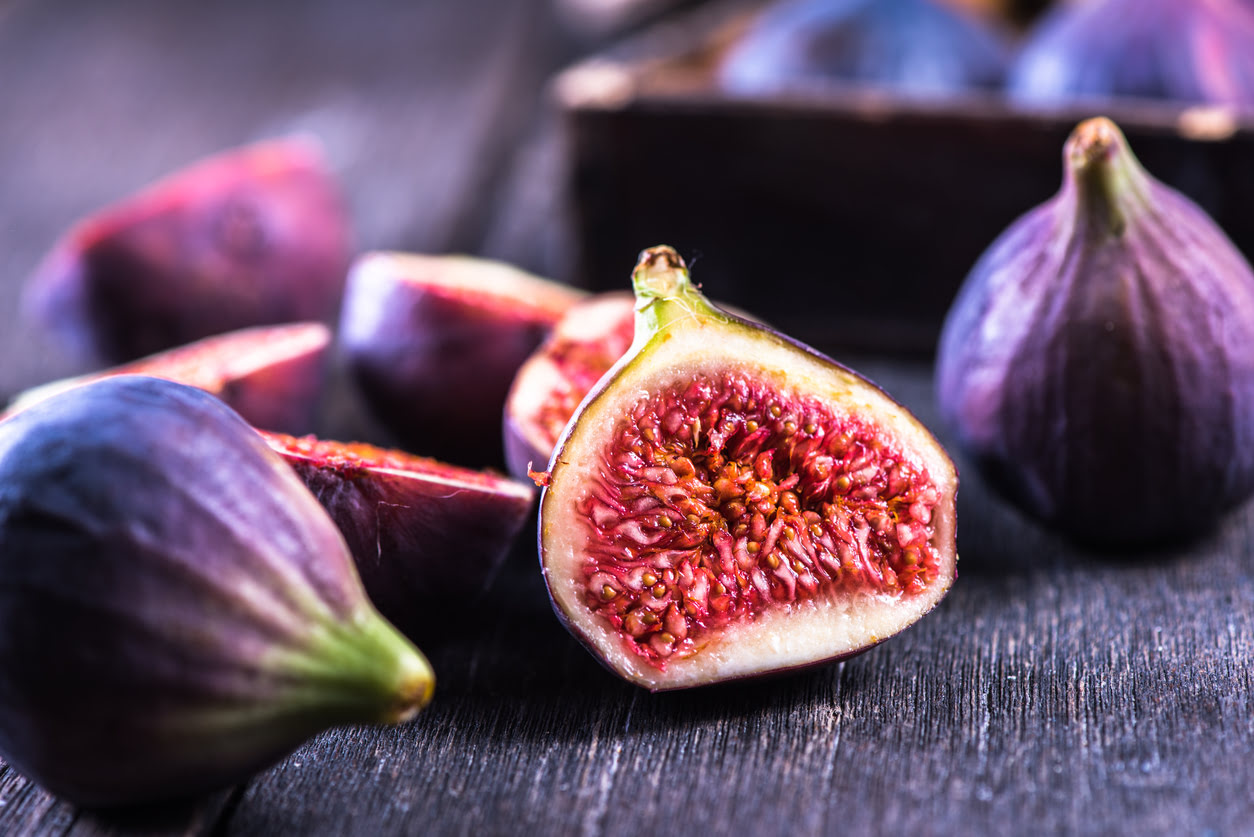
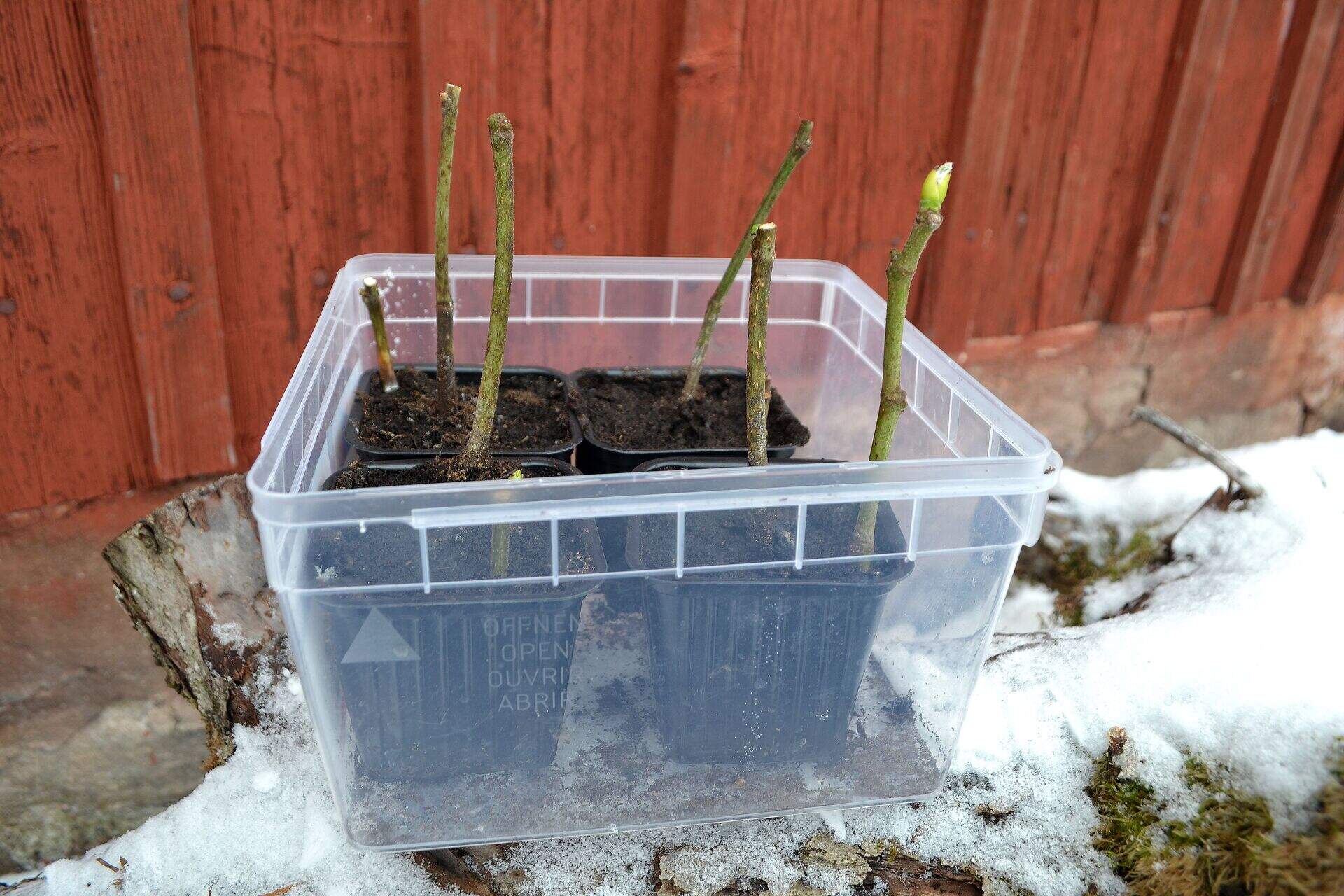
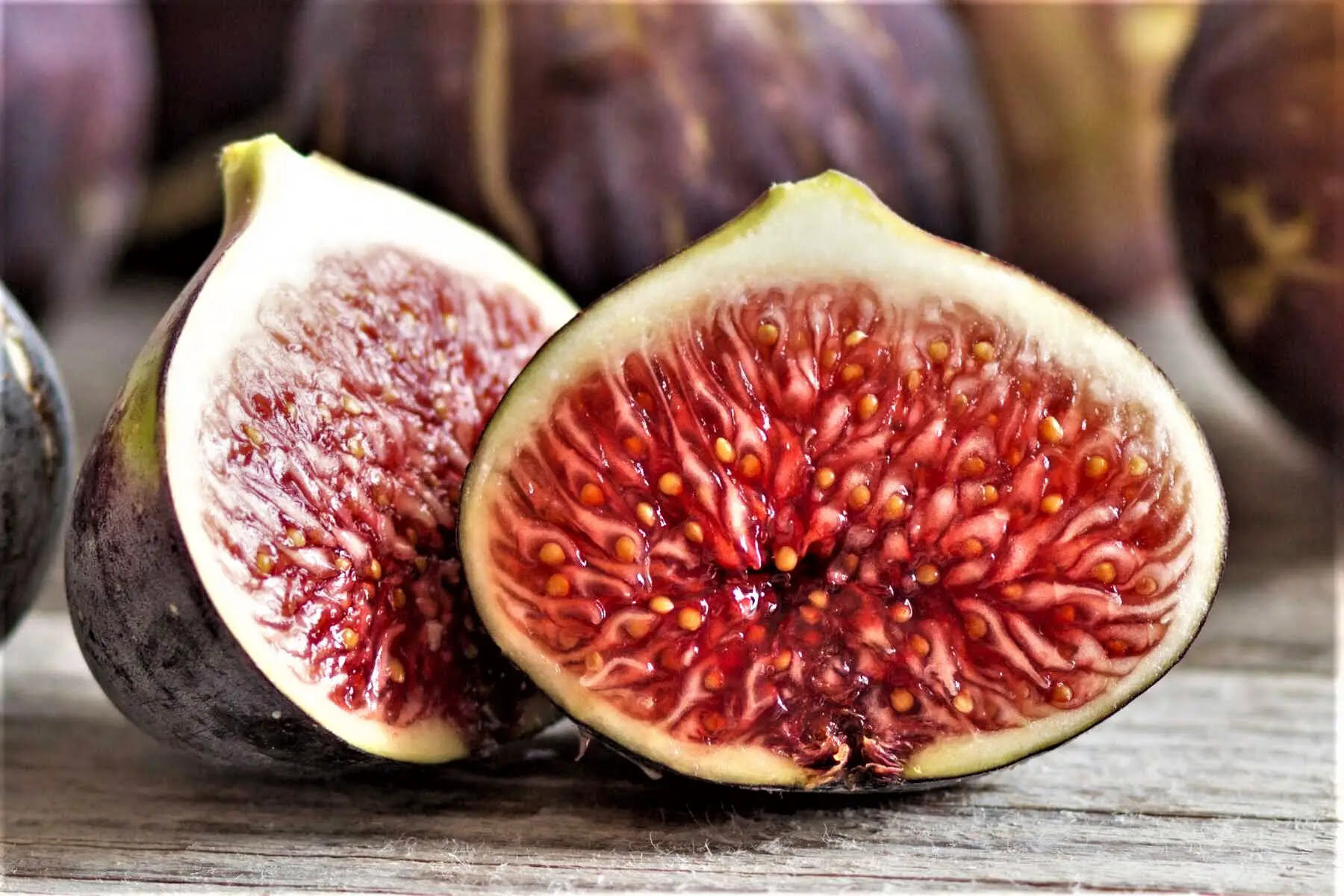
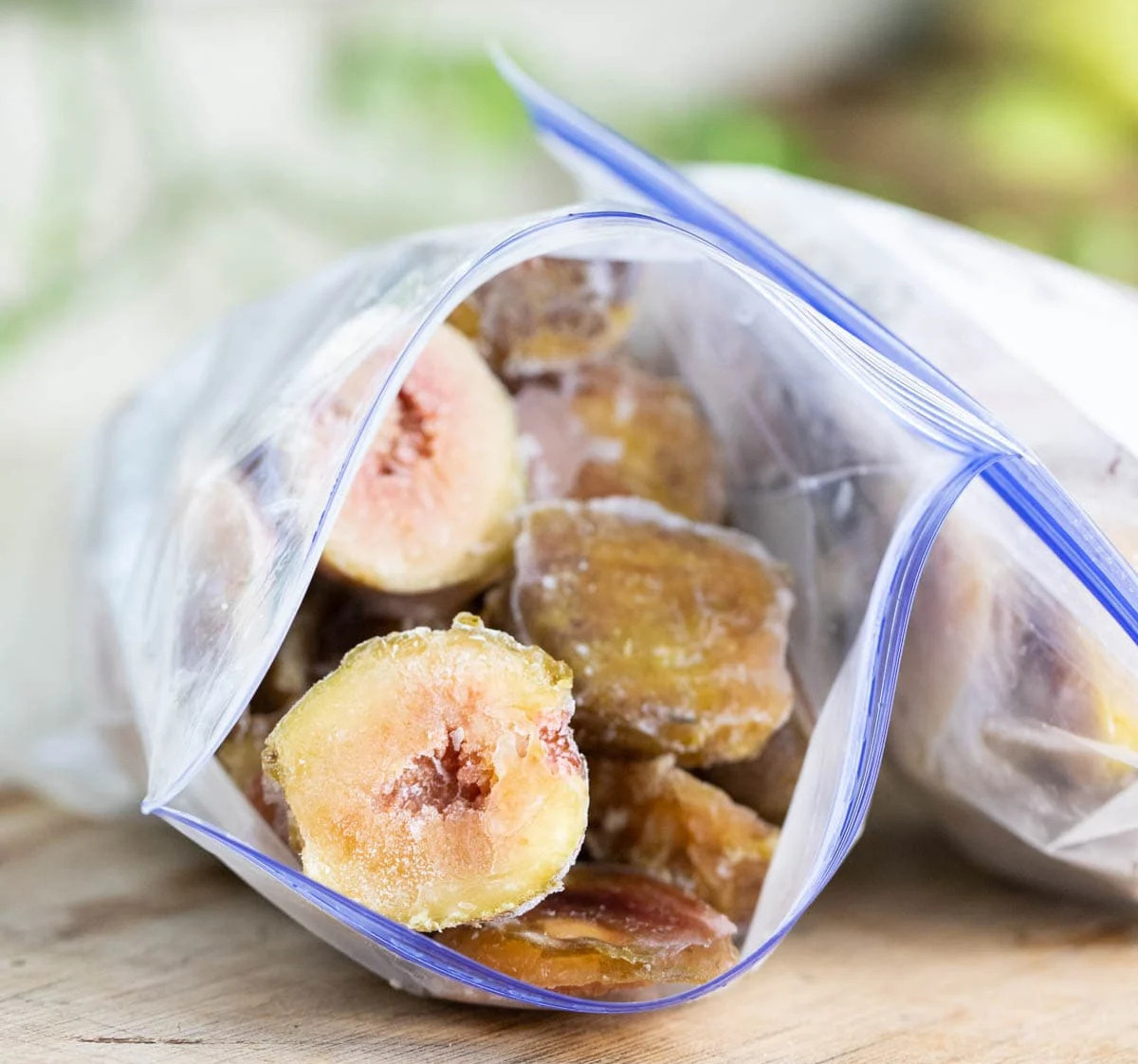

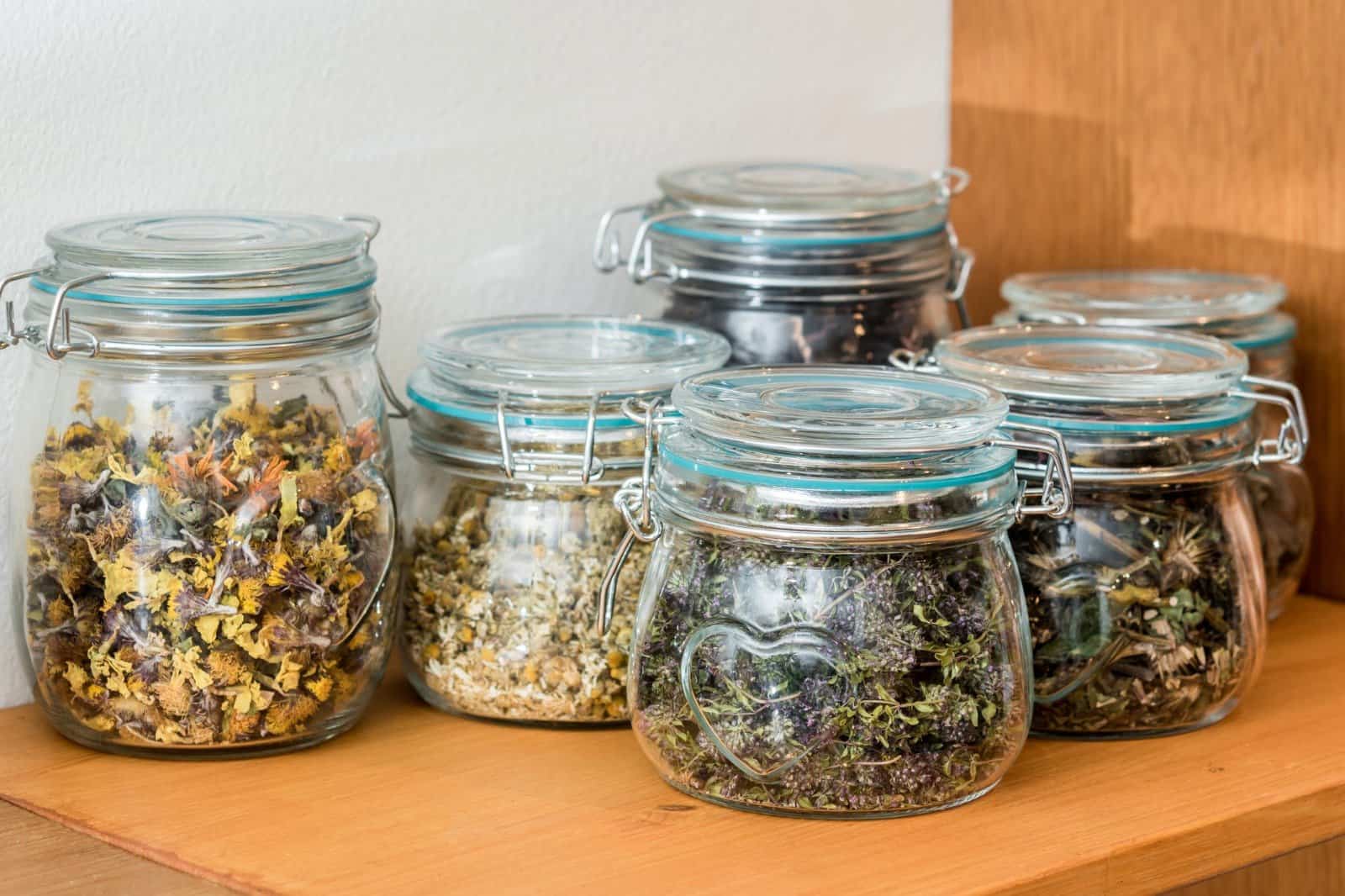
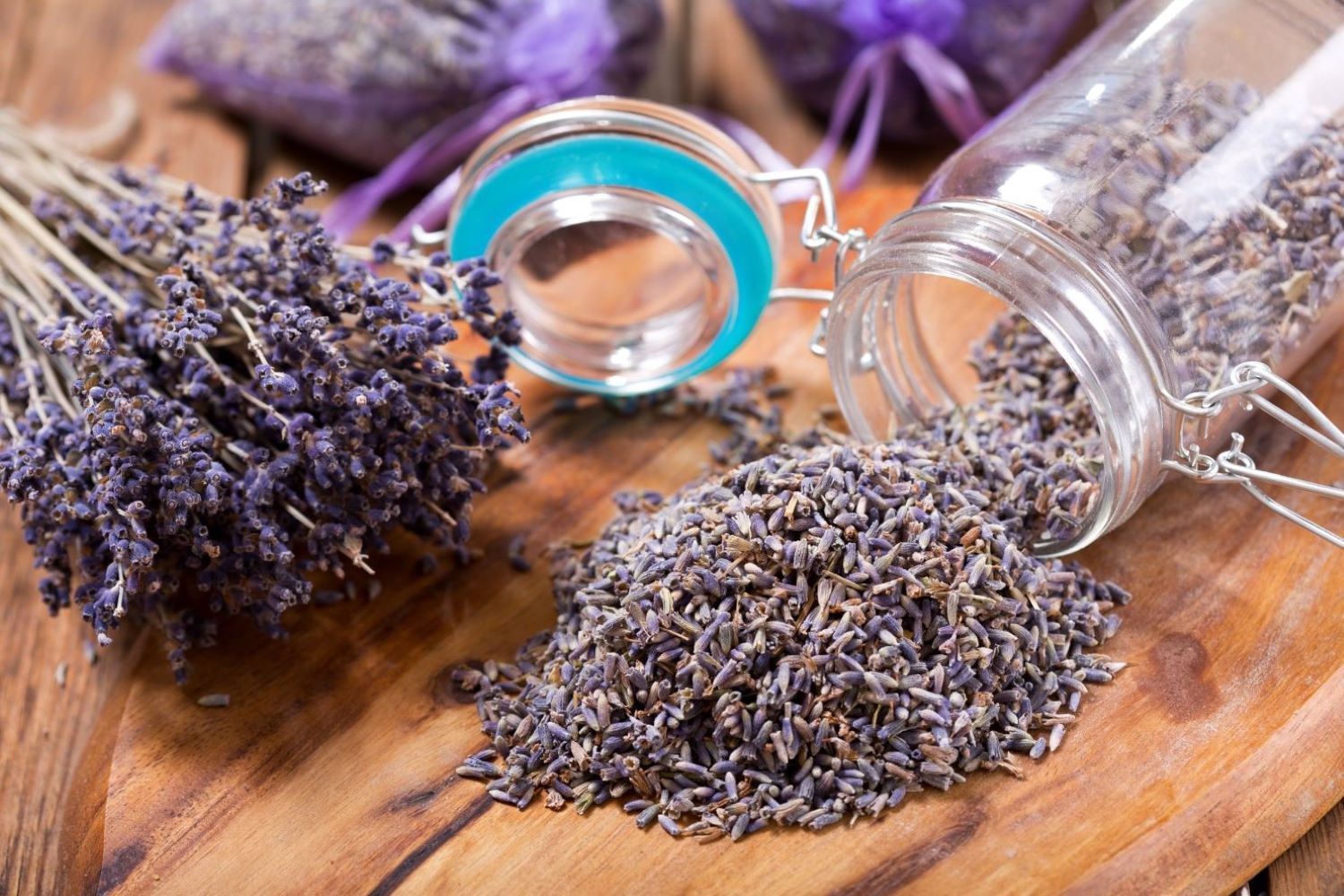

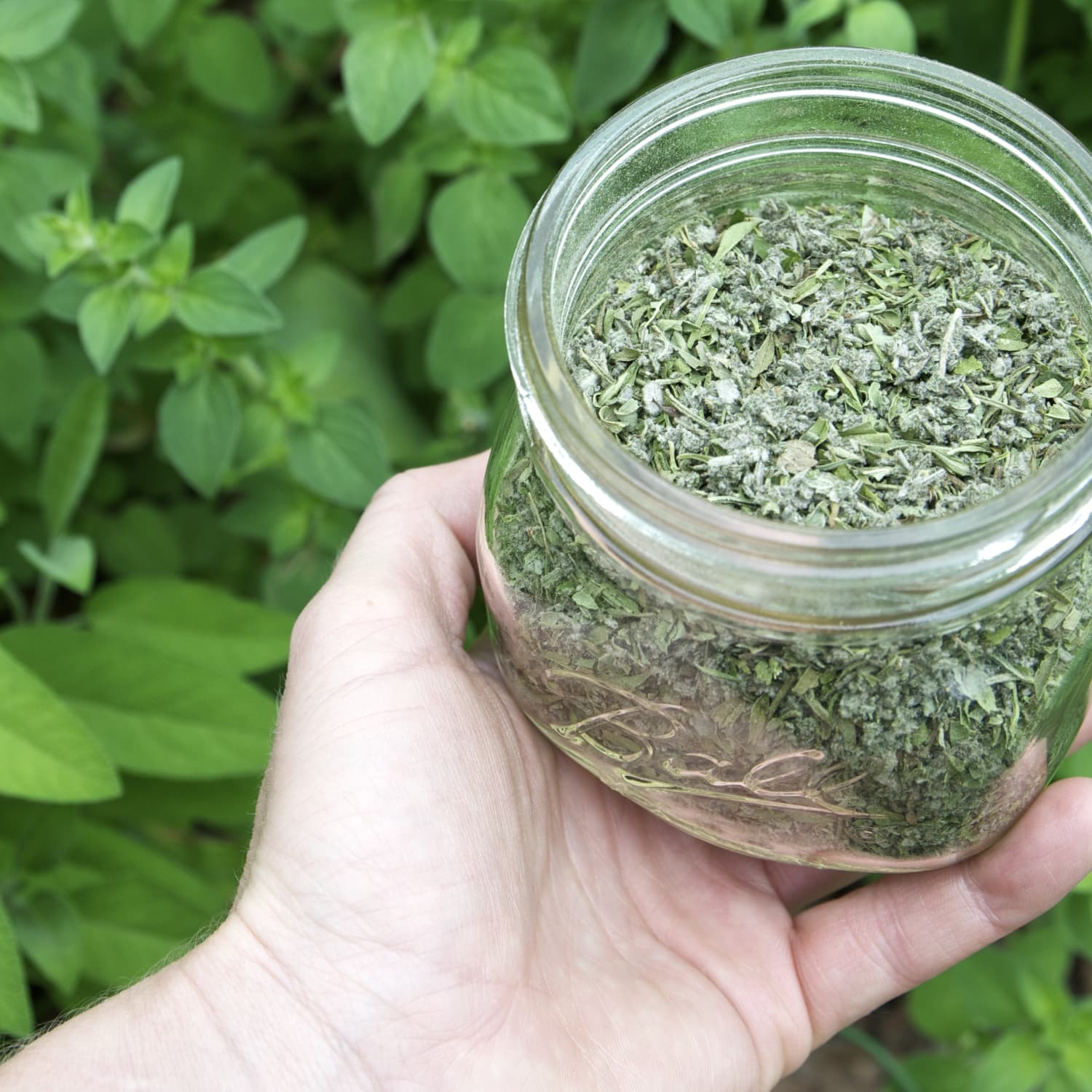
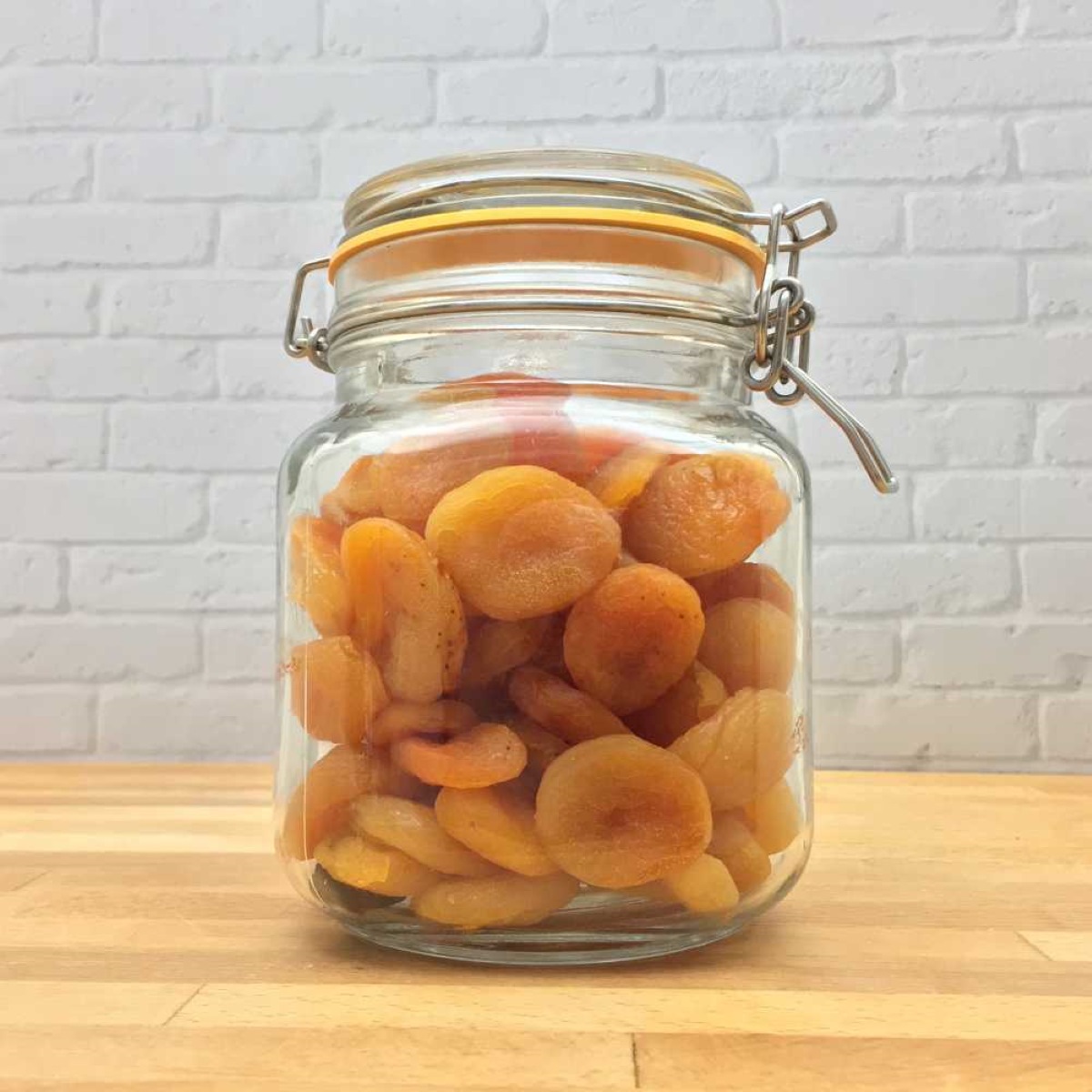
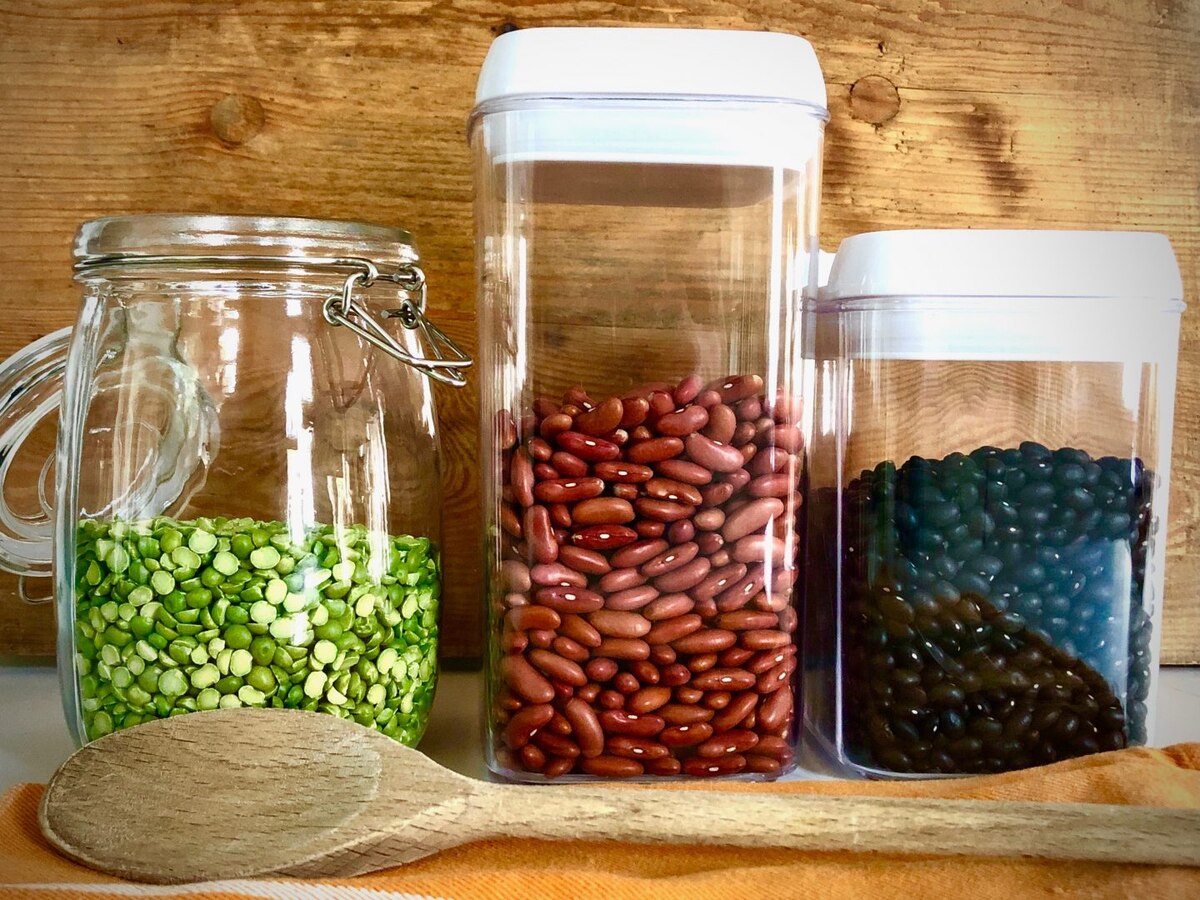
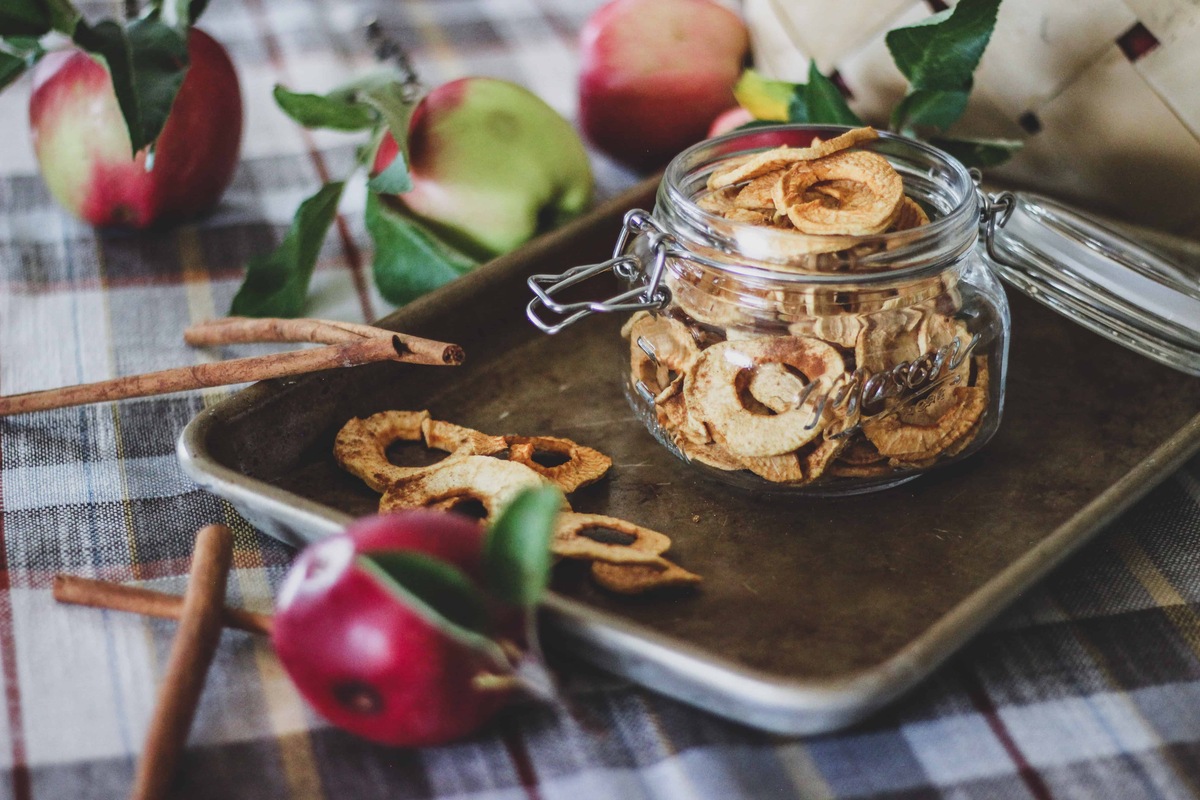


0 thoughts on “How To Store Dried Figs”